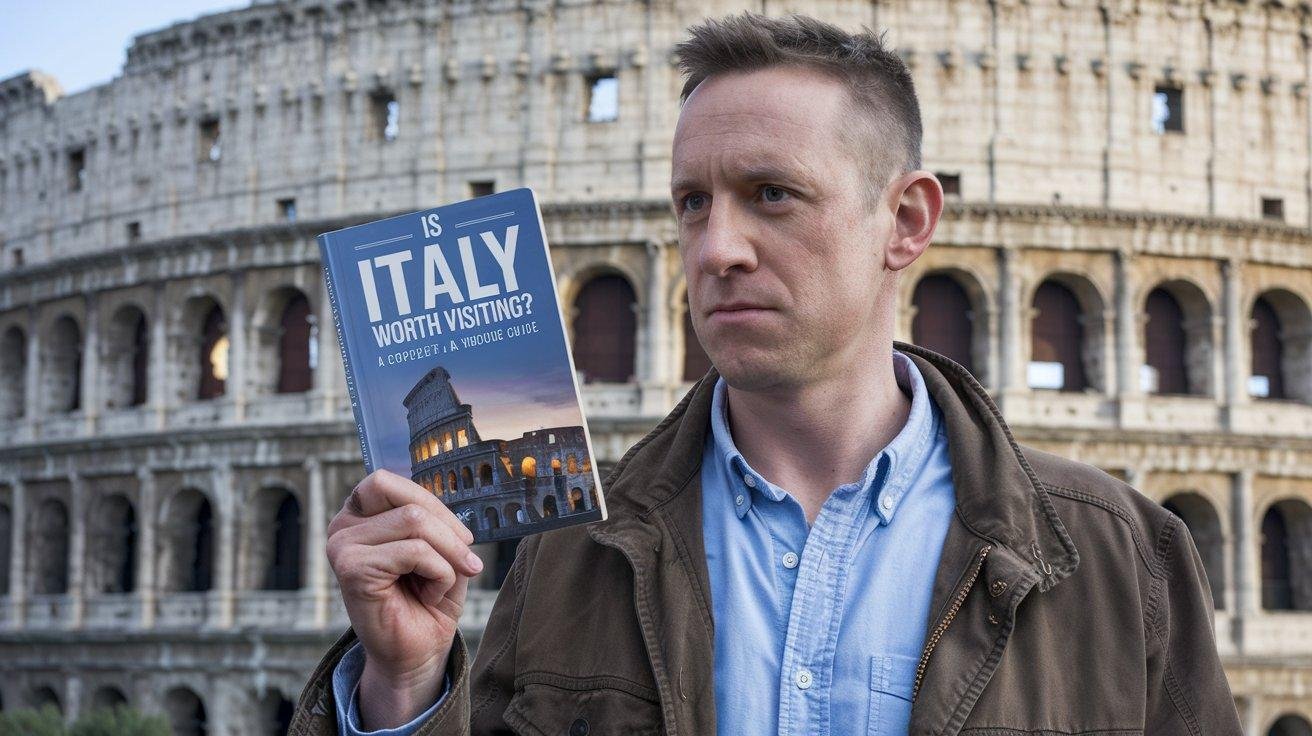Italy is a country that stands still in its approaches toward time, yet opens doors to your deep history studies, accompanied by some of the world’s best cuisine.
And before you pack your bags and get set to travel to one of the most gorgeous places on earth, let’s ask ourselves: Is Italy worth visiting?
From the bustling streets of Rome to the tranquil vineyards of Tuscany, this guide will give an in-depth look at why Italy should be at the top of your travel list, with practical tips that promise a smooth journey.
Key Takeaways:
- Italy’s Rich Culture: Home to more UNESCO World Heritage Sites than any other country, Italy offers art, history, and architecture that date back thousands of years.
- Unforgettable Culinary Experiences: Italian food goes beyond pasta and pizza, with regional specialties that showcase the diversity of the country’s cuisine.
- Diverse Landscapes: Italy’s geography includes everything from the Dolomites to the beaches of the Amalfi Coast, offering a variety of outdoor adventures.
- Small Town Charm: Hidden villages and towns like Matera and Civita di Bagnoregio offer unique, quieter experiences compared to Italy’s bustling cities.
- Ideal for Wine Lovers: Italy’s wine regions, including Tuscany and Veneto, invite visitors to explore vineyards and sample world-class wines.
- Best Time to Visit: Spring and fall offer mild weather and fewer crowds, making them the best seasons to explore Italy comfortably.
- Safety and Hospitality: Italy is generally safe for tourists, and Italians are friendly, especially to American visitors, with English commonly spoken in major cities.
7 Reasons To Go & Best Things About Italy
Italy, well, it is a place that weaves into itself the ancient history, exquisite art, glorious landscapes, and food culture that cannot be matched.
And to all those thinking if Italy is worth visiting, here’s an in-depth look at the 7 best reasons to visit and what makes Italy special:
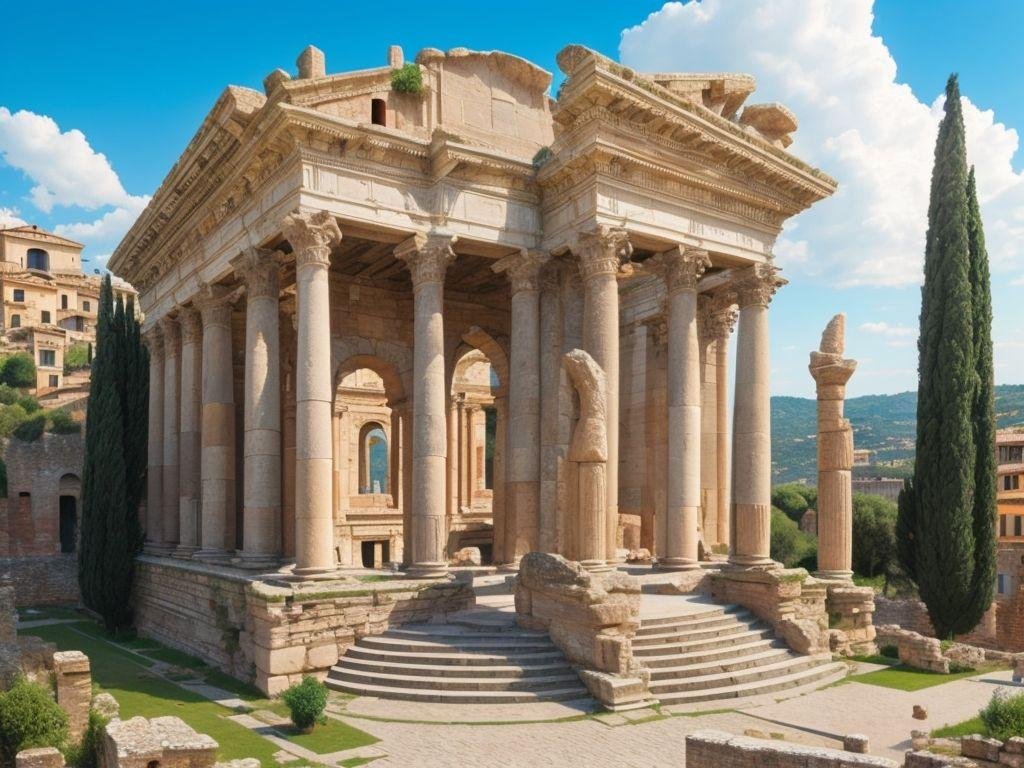
A Cultural Treasure Trove:
This country features more UNESCO World Heritage Sites than any country in the world, at over 50 recognized locations. By way of the remains of Pompeii, the romantic canals of Venice, or the frescoes in the Sistine Chapel, Italy is saturated with history and art that unfolds the story of human civilization.
Culinary Experiences Like No Other:
Italian food is far beyond pasta and pizzas. The whole country offers different flavors: the rich creamy risottos of Lombardy, the fish of Sicily, and olive oil and wine in Tuscany.
The Italians themselves cannot forget about gelato! It has a deep passion for fresh, local ingredients, even the simplest dish becomes a masterpiece here.
Diverse and Breathtaking Landscapes:
From its beaches to mountains, this is the most diverse and breathtaking geography that one could have across Italy.
It has pristine beaches that can be used for relaxation purposes, hiking in the Dolomites, and sailing in the crystal waters of Sardinia.
It is during volcanic landscapes that cause havoc in Mount Etna. Each of these areas has a personality of its own that begins one’s adventure within it.
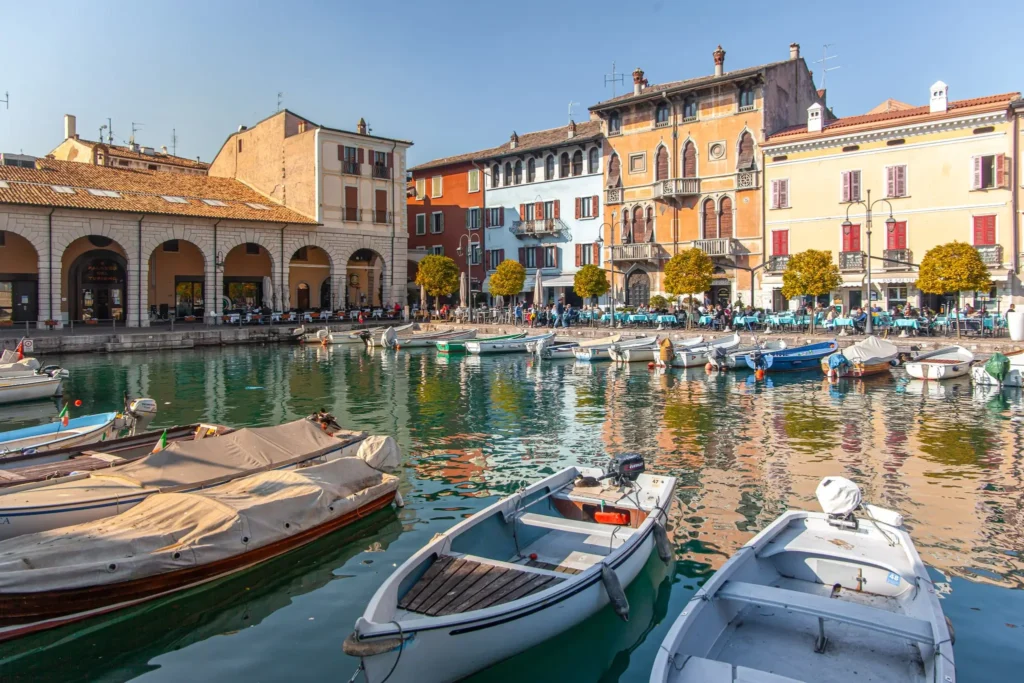
Living History at Every Turn:
Walk through Italy and be walking in the past. Rome, known as the “Eternal City,” has ancient remains such as the Colosseum and the Roman Forum.
In Florence, one can step into the Renaissance, while Venice can only possess medieval palaces with timeless canals. History oozes at every turn in Italy.
Charming Small Towns and Villages:
Here, it is in Italy’s small towns, most of which travelers never stop by, that lies the heart and soul of the country.
From the Tuscany San Gimignano clothed in its medieval towers to the Cinque Terre’s cliff villages on the coast, these kinds of towns offer one an authentic life experience of Italian life without the almost hectic confusion found in large cities.
Wine Regions That Delight the Senses:
Italy is just synonymous with wine. The full-bodied reds of Tuscany’s Chianti region are matched only by the delightful Prosecco sparkling wines of Veneto, Italy’s equally rich wine culture.
Visit a vineyard and learn about generations-old traditions of winemaking while sampling some of the world’s best vintages.
Festivals and Local Celebrations:
Italy is pulsating with festivals that take place with the theme of everything from food to history.
Take part in the Cabaret of Venice, where people are masked up and marching through the streets, or see the fiery Festa del Redentore when Venice celebrates the victory over the plague by fireworks and boat parades.
Why Is Italy Worth Visiting?
Italy has so much more to offer than a mere checklist of famous landmarks; it has experiences that leave forever printed memories.
Let us go beyond the famous tourist stops to some more unusual reasons why one should take a trip to Italy:
- Hidden Villages and Towns: As if Rome and Florence weren’t enough for Italy, the real beauty of this country lies in these quaint towns and villages where almost no one can be found. From the ancient cave dwellings of Matera to the hilltop town of Civita di Bagnoregio, which finds itself named “the dying city,” you can glimpse into Italy’s quiet beauty.
- Local Festivals: Every region in Italy has its festivals that are never found in the Itinerary of tourists. Whether it is the Battle of Oranges in Ivrea or the historical Palio di Siena horse racing, Italy’s festivals hold lots of fun for meeting the culture of the regions.
- Agriturismo Stays: Think of spending a good time in an agriturismo: stay in the countryside, live like a local, fresh pasta for lunch, roam through olive groves, and taste your wine directly from the vineyard. This is your chance to experience the rural Italian lifestyle.
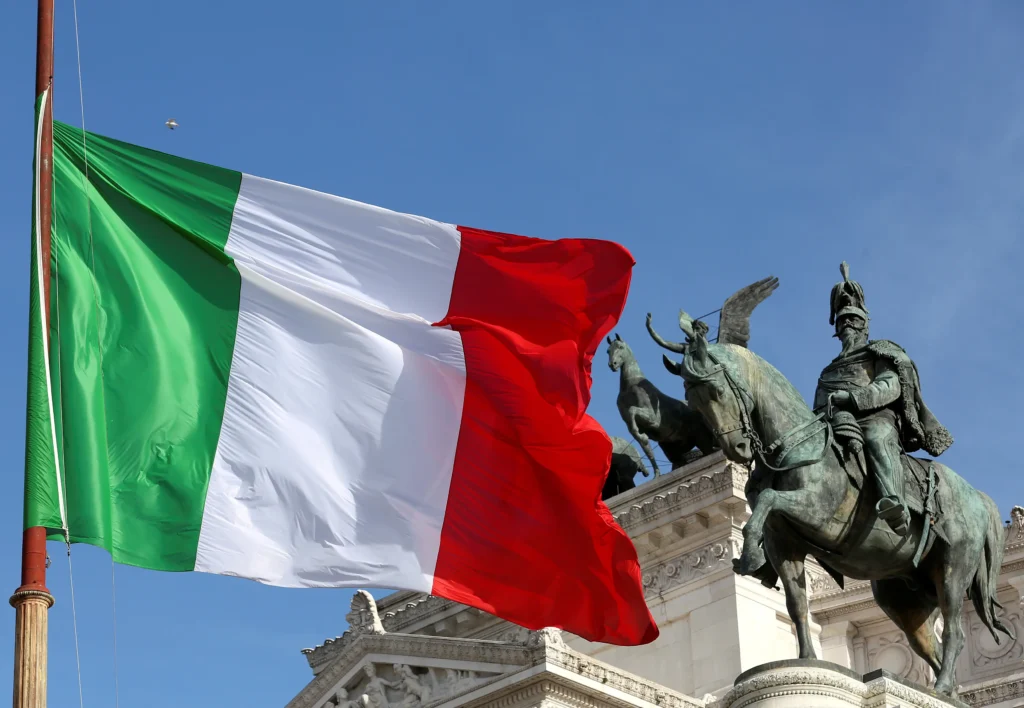
Advantages And Disadvantages Of Italy Tourism
Now that you have the pros and cons, weigh what is good with what is not-so-good. It allows you to be better prepared for an Italian adventure.
Pros:
- World Class Art and Architecture: Italy boasts more UNESCO World Heritage Sites than anywhere else in the world. Then there are the mosaics in Ravenna, frescoes in the Sistine Chapel, and art to make your heart speechless.
- Varied Landscapes: You can ski in the Dolomites, get sun-kissed on the Amalfi Coast, and meander through rolling vineyards in Tuscany in one country. Italy’s varied landscapes are a joy to the traveler.
- Delicious and Authentic Food: While Italian cuisine is celebrated around the world, there is nothing quite like regional specialties where they first originated. Try arancini in Sicily, osso buco in Milan, or pappardelle al cinghiale in Tuscany.
Cons:
- Crowded Cities: There are overcrowded cities like Venice and Florence, but visit Italy during the shoulder seasons- late spring or early autumn, and you’ll find a less hectic experience.
- Expensive: It is pricey, particularly in touristy areas. If you are on a tight budget, consider going to Turin or Bologna instead; prices are lower, but the experience will not be much less rich.
Safe to visit Italy?
Yes, Italy is quite safe for tourists. However, like in all big tourist destinations, be cautious of pickpockets, especially in overcrowded cities like Rome or Naples.
Avoid dark alleys and unknown parts of town at night and watch out with your wallet and other valuable belongings on you.
Solo female visitors are pretty safe in Italy, but one always needs to be vigilant and observant, especially when in overcrowded public places or when passing through public transport.
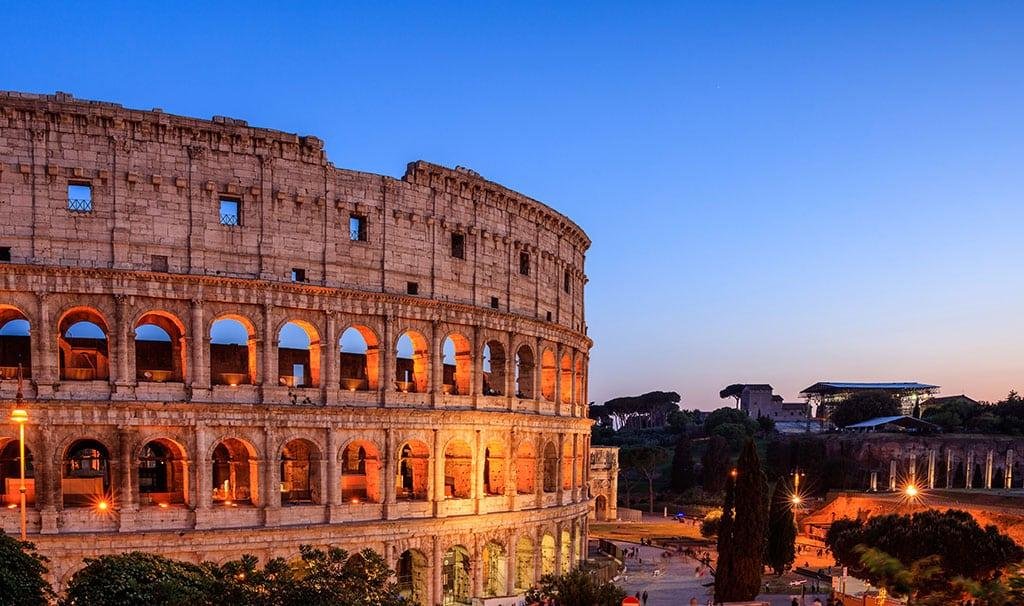
Where to Stay in Italy: Best Accommodation for Every Type of Traveler
To find the perfect place to stay in Italy, you often look at what type of experience you want to achieve.
Whether staying over in luxury, enjoying rustic charm, or exploring unique cultural experiences, here are the top recommendations:
Luxury Retreats in Capital Cities:
Gilded splendor is available in Italy’s capital cities. For instance, Hotel de Russie, Rome is a luxurious retreat in the heart of the city with private gardens and a spa.
Then, Belmond Hotel Cipriani Venice offers luxury and intimacy with a superior view of the Venetian Lagoon.
Countryside retreats in Tuscany:
For even a more rural experience, agriturismo or farm stay in Tuscany is an excellent alternative.
Castello Banfi is a vineyard and hotel with good accommodations but also a winery, a vineyard that can offer wine tastings and tours of the vineyard.

Staying among the countryside hills and vineyards of Tuscany makes agriturismos unique, staying there and feeling the authentic hospitality of Italy.
Live like royalty in an ancient palace in Venice:
Stay in one of the boutique hotels constructed inside a historic palace in Venice to experience this most unique thing.
If you want to sleep right on the Grand Canal, you would fall for Ca’ Sagredo Hotel steeped in Venetian history and elegance.
Southern Italy Beach Breaks:
For a low-key Mediterranean retreat, consider one of the beach resorts along the Amalfi Coast. The ultimate in luxury is the Le Sirenuse in Positano, with stunning sea views and access to beaches that are among the region’s most famous.
Travel Guide to Italy: In-Depth Information for First-Time Visitors
These important and in-depth travel tips will ensure you are well-prepared for your travel experience to Italy.
Getting Around Italy by Train Travel in Italy is easy:
The rails crisscross the whole country, and for long-distance travel, it’s convenient to go by train between Rome, Florence, and Milan. Although public transport and stations are highly developed.
The trains are not always on time, so plan a bit of extra time on a tight connection, especially. If you want to reach areas like Tuscany, it will be better to drive, but the bus service in these areas is often irregular.
Italian dining etiquette:
The Italians have a rich heritage related to food, and, for the Italians, the pleasure of dining is deeply cultural. Dinner usually begins at 7:30 PM.
You would normally have a few courses, from antipasti to dolce. Never rush a meal-it is meant to be savored. Tipping isn’t required but a small gratuity is appreciated.

Travel Off-Peak:
As summer is peak season, the best time to travel to Italy comes in spring (April to June) or fall (September to October).
As spring and fall are periods that are comfortable with weather and crowds are smaller, you could get deeper into Italy’s attractions.
Cash vs. Credit:
Places, where you can purchase virtually everything with a credit card, are found in any urban region.
However, outside of town, there’s still a good chance that your favorite restaurant or shop might not take credit cards, only cash.
You can always find an ATM almost everywhere. However, it is still not a bad idea to carry at least some euros, especially in more distant towns.
Safety Tips:
Italy is generally safe, but there is a high crime rate of petty theft, particularly pickpocketing. This occurs most during the peak tourist season from train stations and congested tourist spots. Carry your money and valuables close to you and not in large amounts.
Is Italy friendly to American tourists? -A local view
Yes, Italy is very friendly to American tourists. Italians are kind and hospitable, but again in the tourist areas, they are the epitome of warmth. Major cities such as Rome, Florence, and Venice stretch themselves to please American visitors.
People speak English freely in restaurants, hotels, and shops. But outside these major areas and little towns, people do not speak much English. Thus getting to learn some basic Italian phrases shows an appreciation for culture.
Italy feels different because of its sincere attitude toward visitors interested in exploring local culture.
The people here feel more than happy to talk about food, wine, and history to curious travelers.
Nonetheless, one should keep in mind some rules of local customs. For example, not to wear very revealing clothes to churches and respect the relaxed style of living.
When to Visit Italy?
The best time to visit Italy depends on your preferences, but here is a general outline.
- Spring: April to June Spring is perhaps the most beautiful time for visiting. Everything is very mild and beautiful all around the country. You might love visiting the Italian countryside or doing outdoor activities. For example, hiking in the Cinque Terre or visiting the gardens of Lake Como.
- Fall (September to October): Another great time to visit is during the fall season. It offers harvest festivals, with cooler temperatures and significantly fewer tourists. For food and wine lovers, it’s the right time to visit and enjoy grape and olive harvests, perhaps in Tuscany.
- Winter: For skiing enthusiasts, the Dolomites offer some of Europe’s best runs. It also is the off-season time in cities where, if you are willing to use some elbow grease and flexibility with schedules. You can see Italy’s landmarks without the large numbers of summer tourists.
- Summer (July to August): This is one of the best times for those who do not mind the sun much. Beach holidays in the Amalfi Coast or Sardinia and Sicily Islands would be great. However, it expects high prices and long lines in famous areas.
How many days will you spend in Italy?
The amount of time you will spend in Italy depends on the type of trip you would like to take. Here’s a guide that’ll help you determine the right length for your stay:
- 7 to 10 Days: This is your window time of seeing Italy’s major cities: Rome, Florence, and Venice without having that feeling of rushing to these destinations. Here you can see the most iconic attractions such as the Colosseum, the Vatican, and St. Mark’s in Venice. You could also get out for a day to Pisa or Tuscany.
- 2 to 3 Weeks: With more time, you can venture out of the cities. Some of the things on your list might include driving along the Amalfi Coast. Furthermore, rolling through the rolling countryside of Tuscany, or wine tastings in Piedmont. More time will allow for more casual encounters, like cooking lessons, wine tours, and longer village explorations.
- A month or more: If you want something intense out of Italy, a month will most definitely allow you to come across the history behind countries while spending time in lesser-known provinces, like Puglia or Le Marche, and soaking up time spent with local festivals, culture, and perhaps even the language. This is an extended stay, therefore freedom to go at one’s own pace.
No matter how long you spend your time there, Italy’s beauty and charm will surely have you come back for more.
Conclusion: Is Italy Worth Visiting?
Is Italy worth visiting? Absolutely, yes! Do you have a desire for the romance of Venice, the historical wonder of Rome, or the serenity of Tuscany? Italy will have something for every one of you.
With careful planning and preparation, you can have an exciting experience that justifies the hype about Italy. Italy is not merely a place to visit; it is a journey into the very heart of European culture and art.

